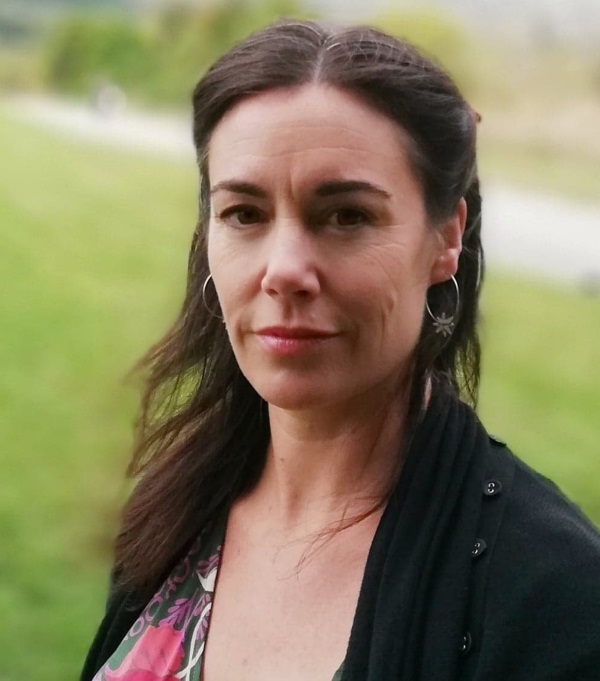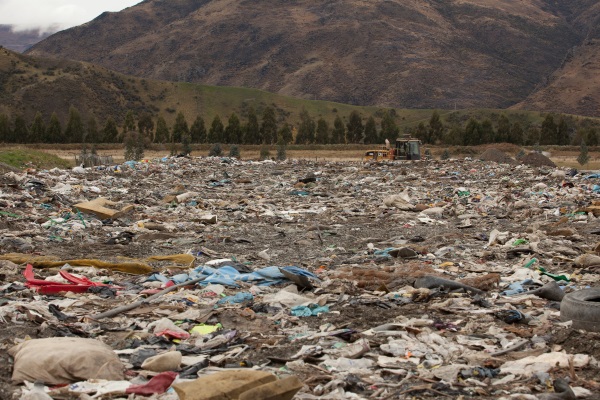If you don’t already know, we have issues with waste and recycling here in the Whakatipu Basin.
I have a background in sustainability — it’s assumed I’m ‘interested in diverting waste from landfill’, but the reality is that I’m not passionate about diverting waste from landfill.
I’m passionate about stopping waste at its source so that it’s not the end-users’ problem and a ratepayer problem.
I am, of course, interested in recovering what we can and making that process as efficient as possible and want to support that, but I’ve chosen in the past to spend my energy on changing the system, through disrupting waste streams.
The global reality is that municipal recycling is the ratepayers’ cost of product design for convenience in consumerism, and globally, we, our land, rivers and oceans, are paying the price because (not in spite of) of our dependency on recycling systems.
We have become beholden to a broken model.
Some recycling plants are less efficient than others, though — and ours is one of them.
There is much at play here and I will endeavour to tell the story.
We have recycling still going to landfill, as do all communities to different degrees.
Since July, 2022 the Material Recovery Facility (MRF) at Glenda Drive has received 5495 tonnes of product for diversion.
Of this, approximately 750 tonnes has ended up in landfill as contamination.
That’s when pizza boxes with food waste, coffee cups, and other contaminants end up in our mixed recycling — they can’t be recycled so they end up in landfill.
Once sorted and separated, recyclables are sent to local and international markets so they can have a second life.
But there is a lot of energy expended in that process.

A true circular economy would look much more like a return scheme, than a recycling scheme.
Think about it: use; clean; put in yellow bin; collect; sort; ship; sell; ship again; melt into lesser quality; and re-use.
The existing Glenda Dr facility is at the end of its life and is struggling to keep up with the rate of growth within the Whakatipu Basin.
This means there are further waste issues, as the manual processing line is not able to capture all items or has blockages, but I’ve yet to get to the bottom of this.
The bottom line is we need a new, more modern facility, and soon.
Planning is underway for a new facility, however, due to the capital investment required, coupled with challenges associated with siting and consenting, this will likely be a few years in the making, though please know, many of us councillors advocate for the need for this as soon as possible.
A more modern facility with more advanced sorting technologies will enable a higher capture rate and help to improve diversion from landfill.
In the interim, thinking wisely about what we buy and reducing our single-use plastic, and writing to companies to challenge them to change their products is the ultimate goal.
We now have good bin streams in our district (although still missing compost) and the support of the community is critical in ensuring only the correct clean products are placed in the yellow-topped recycling bins to support the MRF team to get the best results possible from the
existing facility.
Once we know more, we will let you know.
Thank you for caring for our environment.
Esther Whitehead is a Queenstown councillor and Climate Action Aotearoa co-lead




